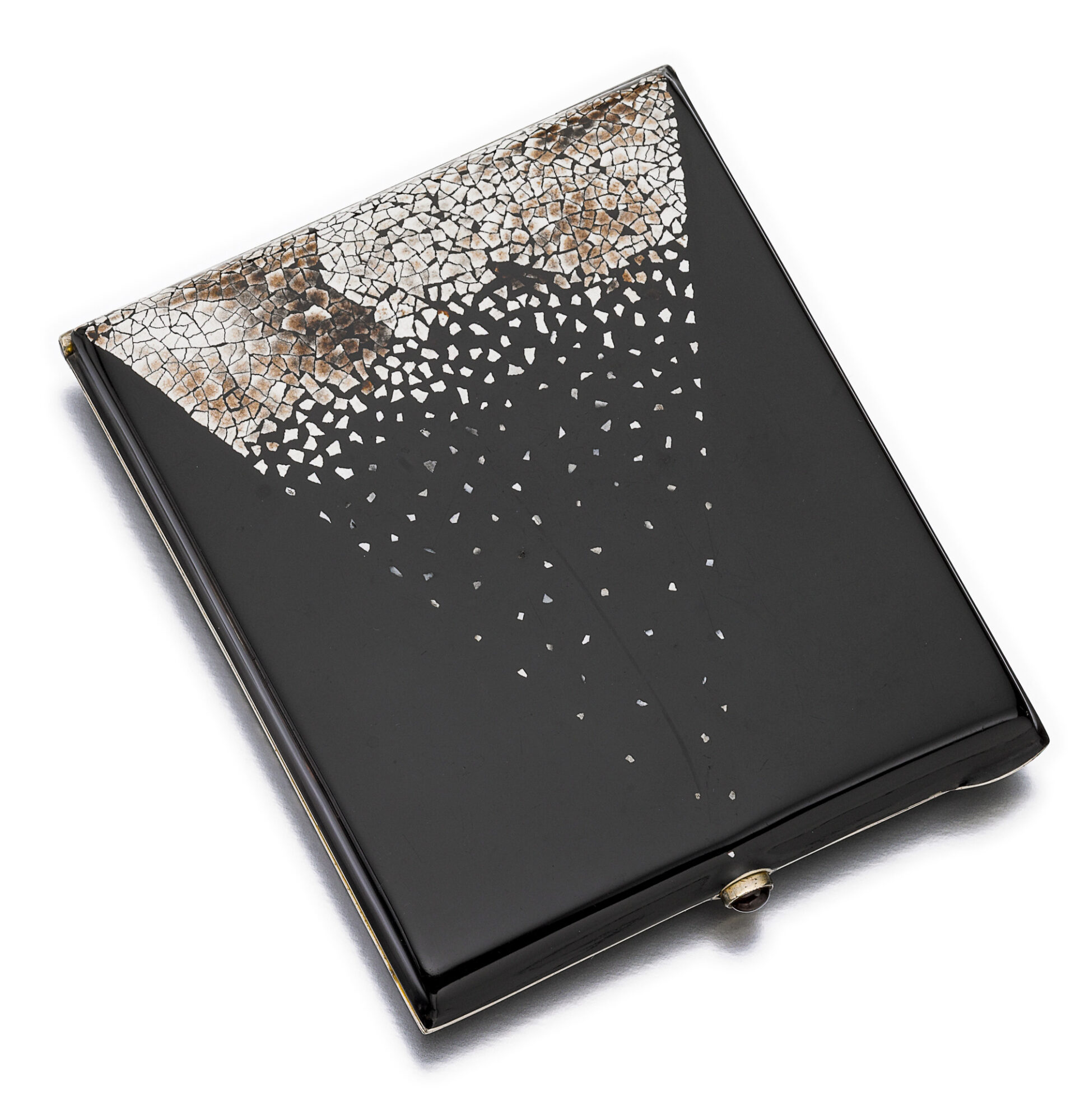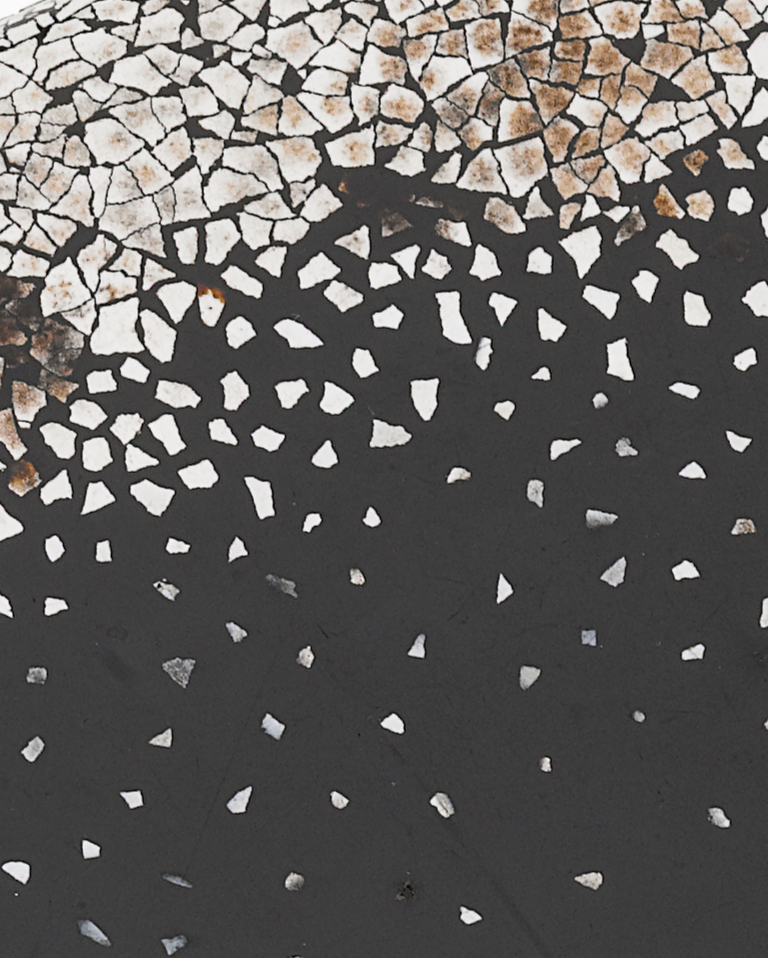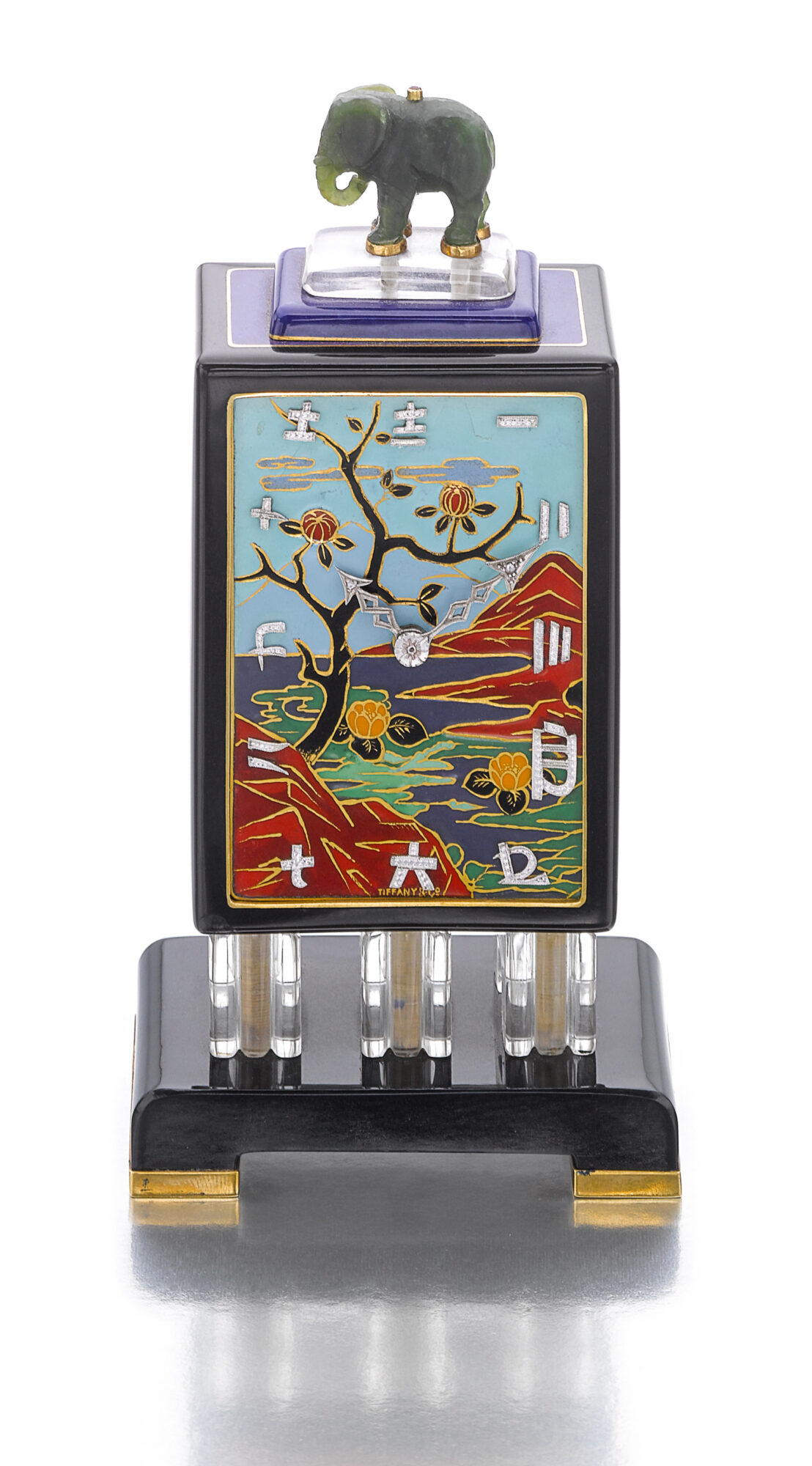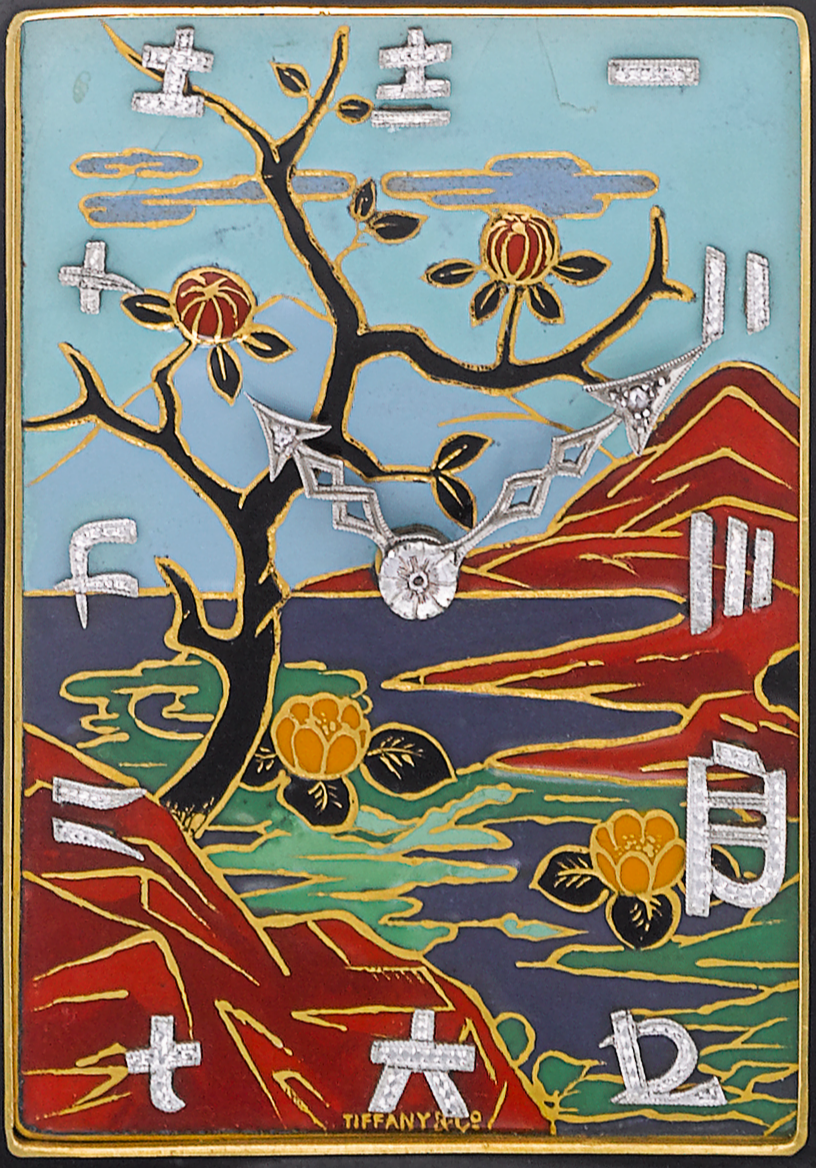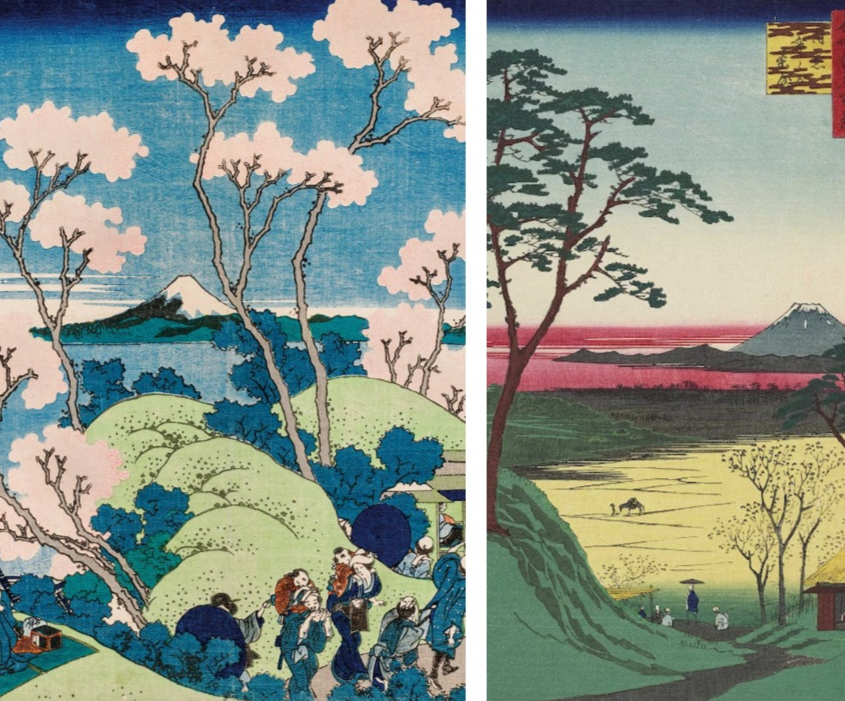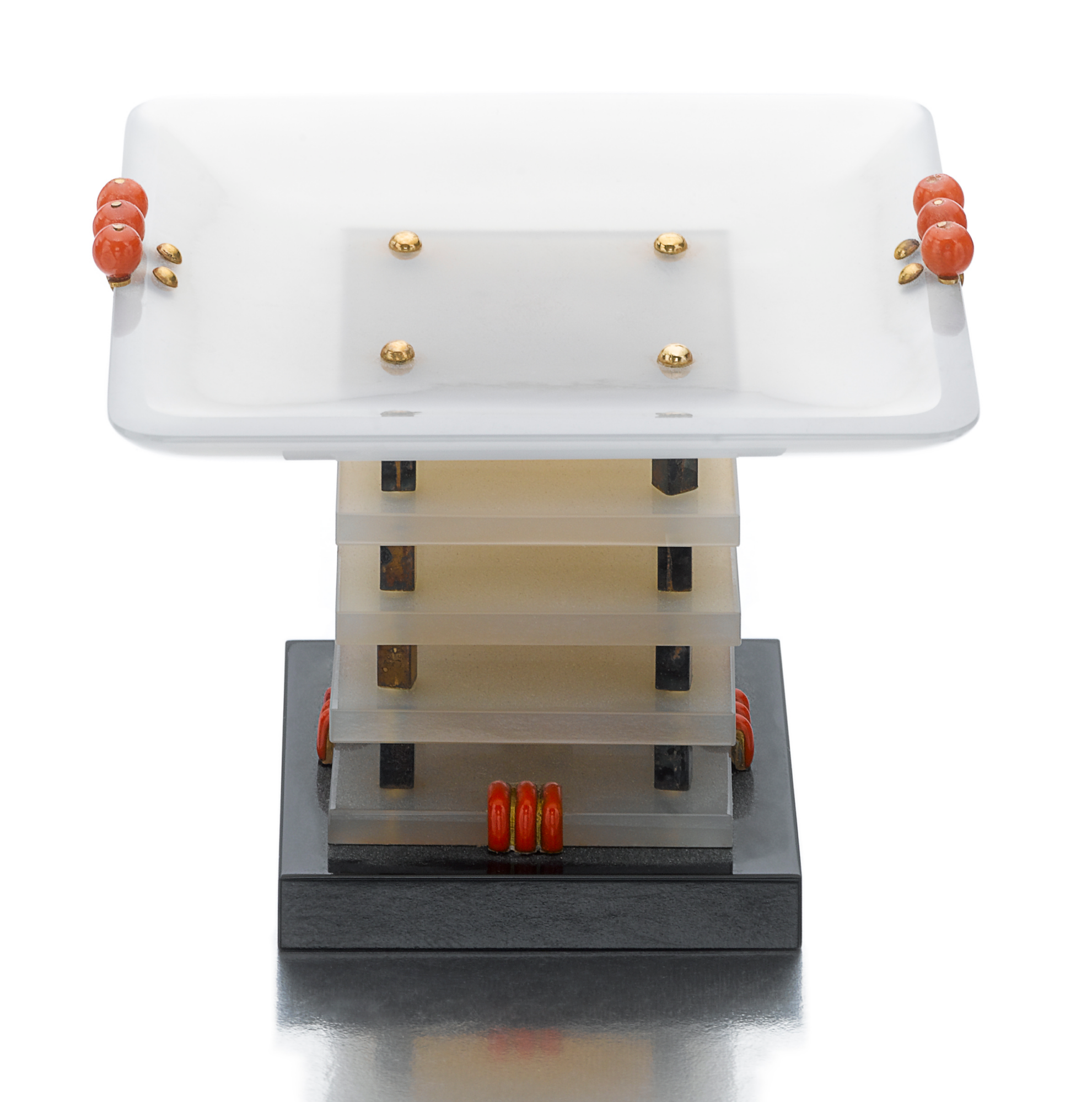Entitled Precious Art Deco Objects from an Important Private Collection, this exceptional group of 126 items comprises jewelled vanity cases, lighters and cigarette cases by the great Maisons, notably Cartier, Van Cleef & Arpels, Tiffany & Co., Boucheron, Janesich and Lacloche Frères, not forgetting a fine group of seven desk clocks, two of them stunning examples by Tiffany & Co. It also includes several fascinating examples of Art Moderne cases by makers such as Brandt, Dunand, Sandoz and Templier. The sheer range of forms, colours, materials, techniques and makers position this group as a study collection for 20th century jewellery design enthusiasts.
We both feel closely connected to the collection and we very well recall our first encounter with these precious objects in the owner’s home. It was clear to us that they were very much part of the collector’s life – displayed under the glass tops of coffee tables, rather than in cabinets – and surrounded by exquisite English furniture from the 18th century, and fine examples of Chinese and Meissen porcelain. As with all collections, it was fascinating and insightful to hear from the owner about his motivations, especially since he had started to form it during the very early stages of the market for Art Deco. One of the catalysts was the purchase, in the 1980s, of a cigarette case by Janesich dating from the 1920s. Crafted in lapis lazuli, amethyst, onyx, moonstone and diamonds, this mysterious creation – a true masterpiece of the genre – depicts the full moon against a rich, deep blue night sky, seen through the flowering branches of a prunus tree. Further discoveries were made in London, Paris and New York over the following years.
In exploring the individual pieces we were reunited with several which had previously passed through our hands – indeed some had featured in the first edition of our work, Understanding Jewellery, which was published in 1989. It is remarkable to consider that, at that time, collecting Art Deco jewels was still a new phenomenon. The Art Moderne designs by Templier, Brandt and Dunand meanwhile were not yet generating much interest outside a very sophisticated élite of jewellery collectors.
We have chosen to illustrate here three items which we believe are representative of the collection and which we find particularly interesting.
A COQUILLE D’ŒUF TOUR DE FORCE
